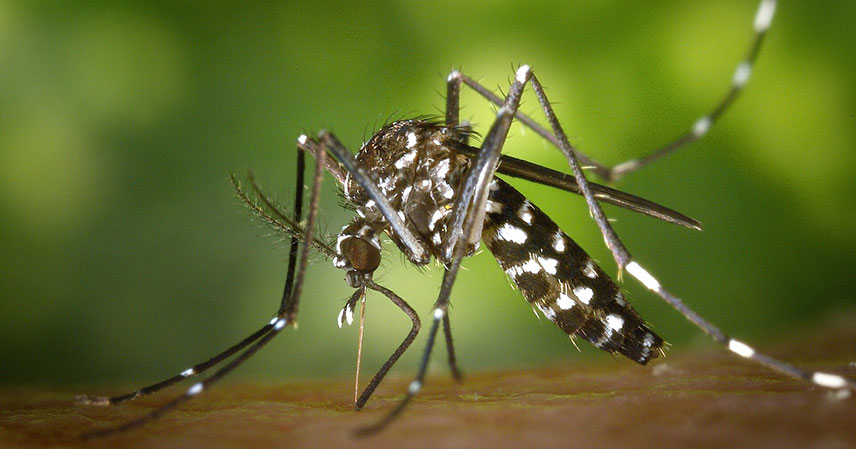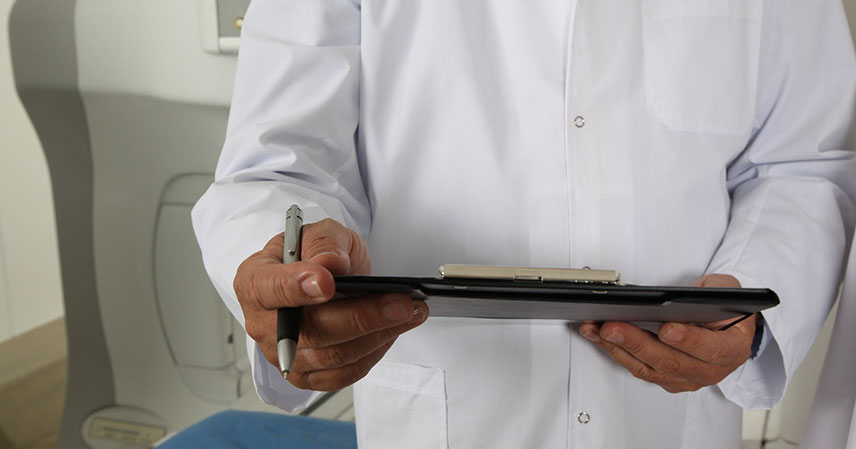A recent public health development has captured attention. A resident in the New York City suburbs tested positive for chikungunya. This mosquito-borne virus is typically found in South America. What makes this case particularly significant is its nature. It marks the first reported local transmission on the U.S. mainland in ten years. This event signals a critical moment for public health vigilance.
Understanding Chikungunya: The Basics 🦠
Chikungunya is a viral disease. It is transmitted to humans by infected mosquitoes. The name “chikungunya” comes from a word in the Kimakonde language. It means “to become contorted.” This refers to the stooped posture of sufferers. They experience severe joint pain.
The primary symptoms include fever and intense joint pain. Other symptoms can include muscle pain, headache, nausea, fatigue, and rash. Symptoms usually appear 3 to 7 days after being bitten. While rarely fatal, the joint pain can be debilitating. It can persist for weeks or even months. There is no specific antiviral treatment. There is also no vaccine currently available. Treatment focuses on relieving symptoms.
The main vectors are Aedes aegypti and Aedes albopictus mosquitoes. These are the same mosquitoes that can transmit dengue and Zika viruses. They typically bite during the daytime. These mosquitoes thrive in urban and suburban environments. They lay eggs in small collections of water.
The Significance of a Local Case in New York 🗺️
The recent case in the New York City suburbs is a stark reminder. Chikungunya is not just a distant tropical disease. The crucial detail here is “local transmission.” This means the individual did not acquire the virus while traveling abroad. Instead, they were bitten by an infected mosquito right here in the U.S. mainland. This indicates the presence of the virus within local mosquito populations.
The last time local transmission occurred was in Florida in 2014. That outbreak involved several cases. This current event necessitates heightened public health surveillance. Authorities must monitor for additional cases. They also need to implement mosquito control measures. The presence of Aedes mosquito species in New York is well-established. These mosquitoes are capable of carrying the virus.
This situation raises concerns about potential wider spread. Climate change could play a role in this. Warmer temperatures can expand the geographic range of these mosquitoes. They can also accelerate their life cycle. This allows for more rapid viral transmission. Understanding these environmental factors is crucial.
Public Health Response and Prevention Strategies 🛡️
Public health agencies are responding swiftly. Their immediate focus is on containment. This includes enhanced mosquito surveillance in the affected area. They are also conducting targeted mosquito control activities. Public awareness campaigns are equally vital. These campaigns educate residents about prevention.
Individuals have a significant role to play. Preventing mosquito bites is the most effective defense. This means using EPA-registered insect repellents. Wearing long sleeves and pants can also help. Especially during peak mosquito biting hours. Eliminating standing water around homes is critical. Mosquitoes lay eggs in even small amounts of water. Check flower pots, bird baths, and old tires.
Community-wide efforts are also essential. Local governments might implement spraying programs. These programs target adult mosquitoes. They also aim to control mosquito larvae. Travelers returning from areas with active chikungunya transmission should be aware. They should monitor for symptoms. They should also take extra precautions to avoid mosquito bites. This prevents them from introducing the virus locally.
Key Insights into Chikungunya’s Resurgence 📊
- The recent case represents the first locally transmitted chikungunya infection on the U.S. mainland in a decade, highlighting a critical public health shift.
- The presence of competent mosquito vectors (Aedes aegypti and Aedes albopictus) in U.S. suburban areas enables such local transmission events.
- Vigilant public health surveillance and proactive mosquito control measures are essential to prevent wider outbreaks.
- Individual actions, such as eliminating standing water and using insect repellent, are paramount in preventing mosquito bites and limiting viral spread.
The detection of a locally transmitted chikungunya case in the New York suburbs serves as a potent reminder. Mosquito-borne diseases pose an ongoing threat. This threat extends beyond traditionally endemic regions. Public health officials are acting decisively. Their efforts focus on monitoring and control. However, community engagement is equally important. Personal protective measures are key. Staying informed and taking simple precautions can significantly reduce risk. This collective effort is vital to safeguard public health.
Source: What is the chikungunya virus now transmitted in the US for the first time in years?



